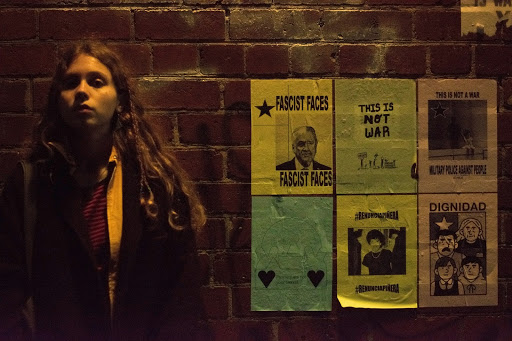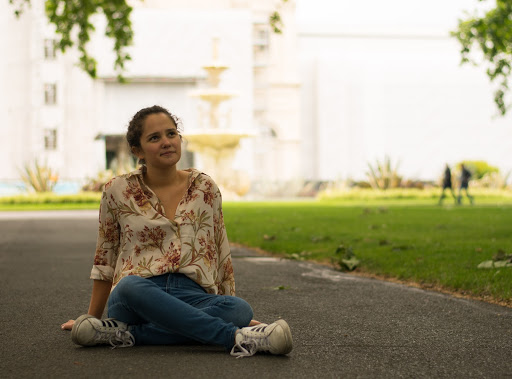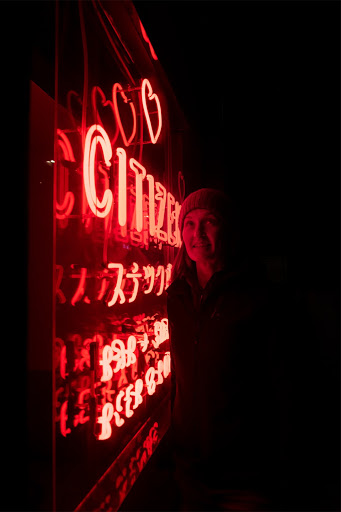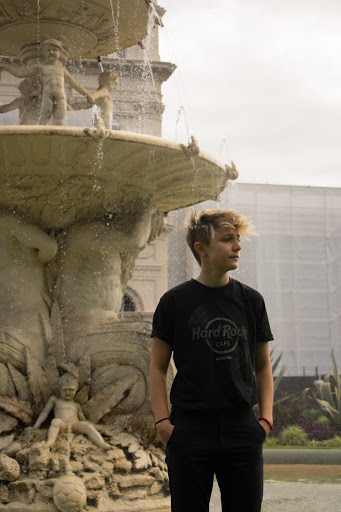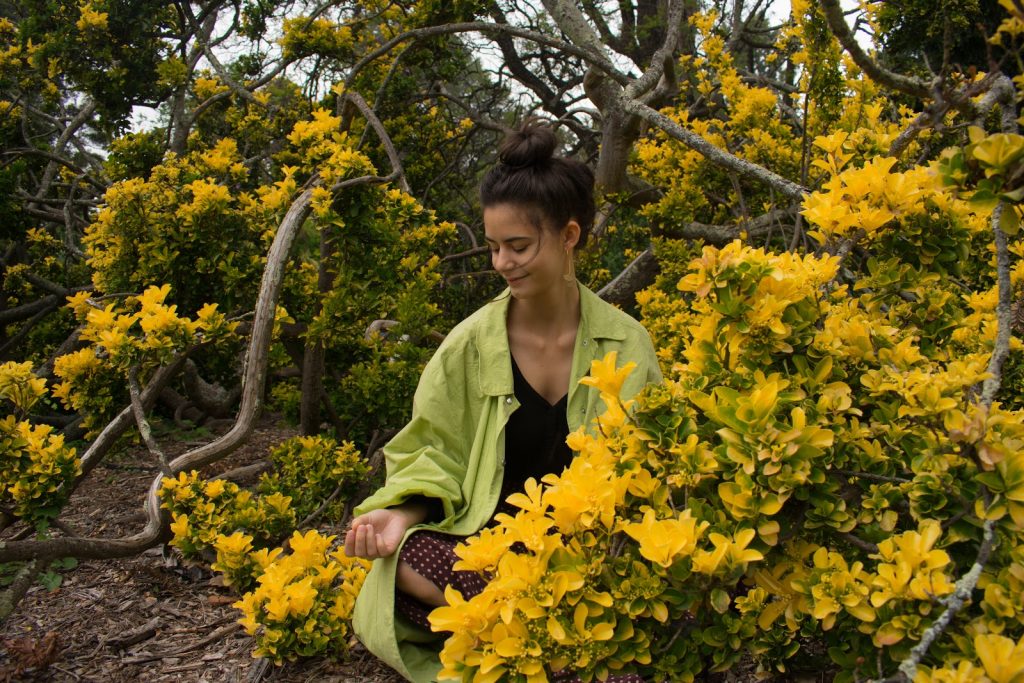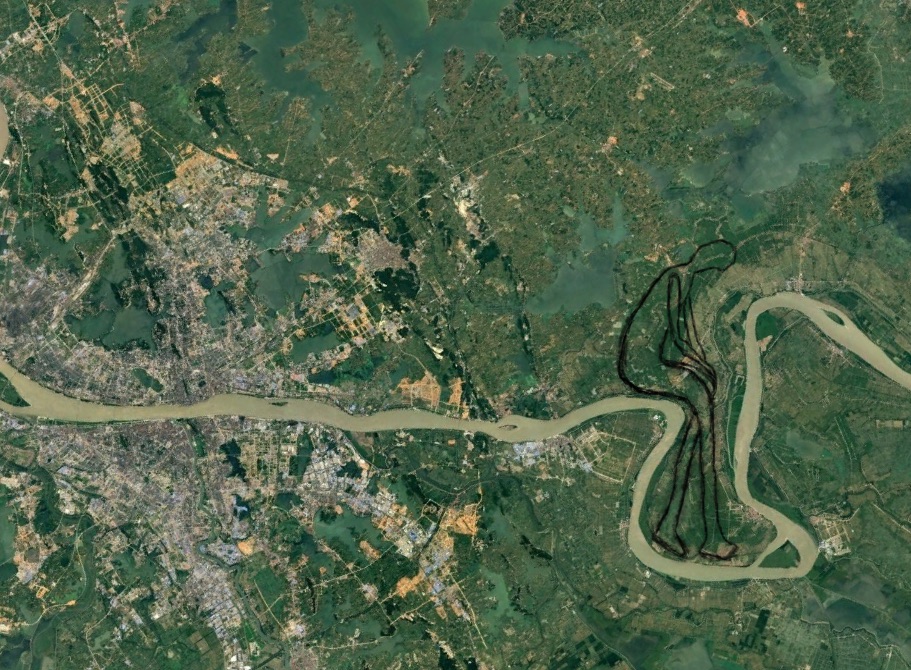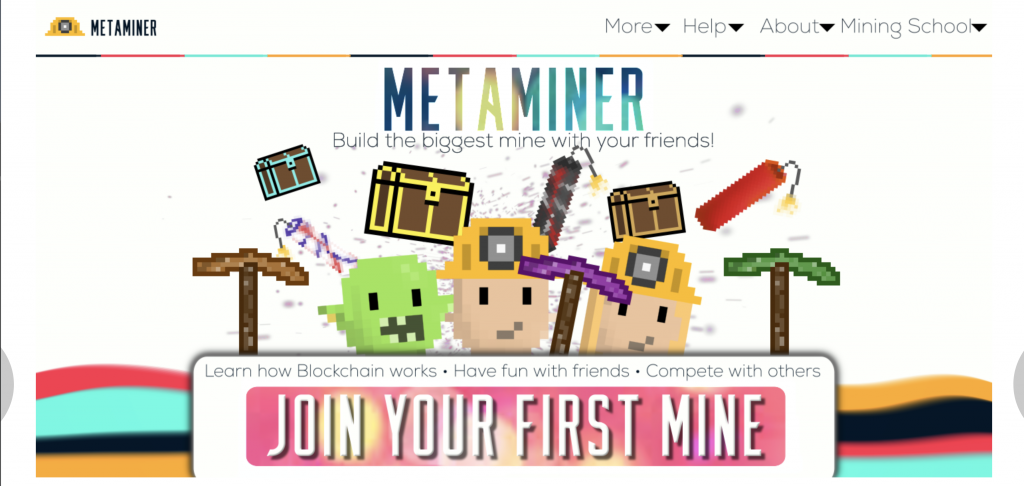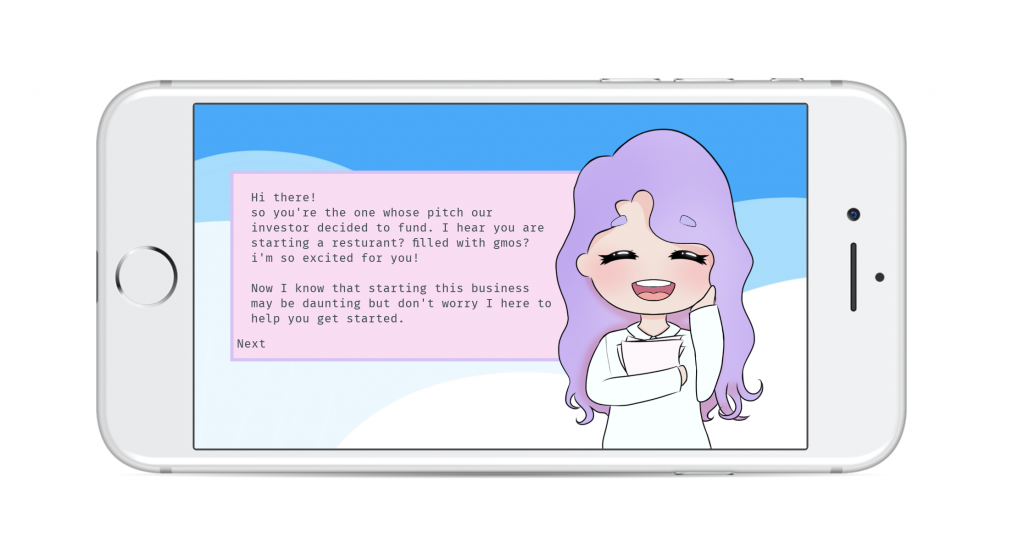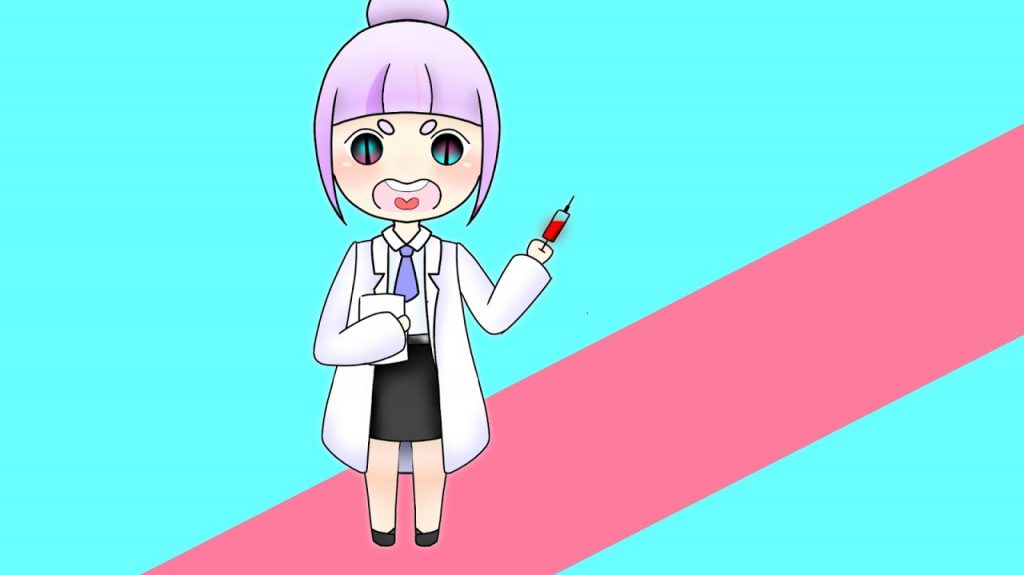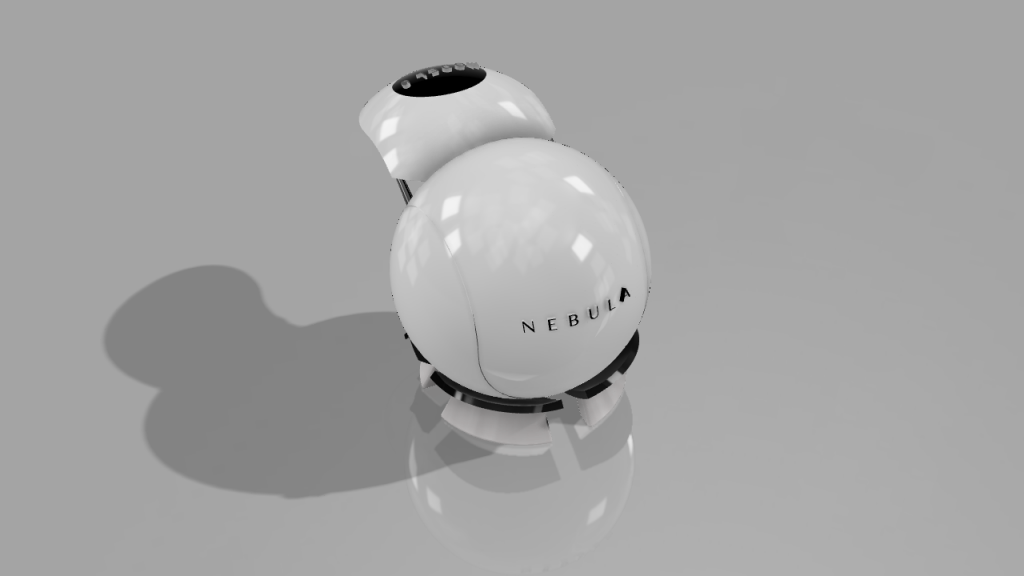
Driving Question: How can I use my passion for applied physics to create an omni-directional treadmill?
Project Description: Nebula Model O is an omni-directional treadmill specified for virtual-reality gaming.
My goal was to design a functional, beautiful, and structurally sound omni-directional treadmill. Moreover, I wanted to use sustainable, very accessible materials like carbon-glass and other used in 3D printing.
Njeri’s Process Portfolio
The Fool’s Journey: A Look at my Creative Process
I will say, the look of the audience when I lead my presentation with “Hi I’m Njeri, and I am presenting an omni-directional treadmill I devised,” was very close to the best part of it all. It was a look that I am well accustomed to receiving; the look in between intrigue, and “what the heck is she on about?” The key, however, I have learned, is maintaining that perfect balance between eccentricity and conventionality to hold the intrigue of the audience. You see, the eccentricity is what feeds intrigue, but should it not be fed with the spoon of conventionality; you risk losing intrigue in favor of being tossed in the looney bin. It appears, however, that this process of maintaining a balance between sanity and insanity only applies to my presentation technique and not my decision-making process.
Till this day, it both haunts and fascinates me that, inspired by the Australia VR module, I decided to develop an omni-directional treadmill holding only a laughable amount of the prerequisites necessary for such a task.
Expert level understanding of engineering concepts, an understanding of how to use complex virtual engineering software, an advanced understanding of statistical mechanics, material physics? Allow me to laugh in announcing I had none of these.
Zero, zip, zilch.
Quite literally, all I had was an idea of how I wanted it to look, work, and feel, paired with an understanding of classical mechanics in my intellectual toolkit. For lack of a better way to phrase this, in terms of knowledge and skills, this project required a crane, a forklift, and an array of construction equipment, while I only had a small tool kit with a single screwdriver. So my decision, in choosing to build an Omni-directional treadmill may look like one of great hubris, it was one of a much more formidable nature; foolish.
As I embarked on my project, I had to painstakingly learn a six-month formal course on how to use the engineering software Fusion 360 in less than a month. This program served to communicate my idea into a physical form but did nothing to prove it’s functionality. And I was much more interested in functionality than I was in physical design.
In fact, the guiding question throughout the entire project was “Can spherical motion provide an Omni-directional experience, and to what extent is it feasible for the human gait?” The former part, I could only answer through countless simulations I ran. The overwhelming answer was a screeching yes. The answer to the latter, however, can only be theorized for now until a physical human-sized-model is printed and assembled. For now, the assumption is yes.
But you see, in presenting the burning questions that fuelled me through this project, I gloss over the most important part of it all: I had to stumble through it all like a fool. Because I did not exactly have someone to guide me through the janky technical aspects of it, I had to discover things for myself. Moreover, because I was essentially a blank slate in terms of scientific knowledge (in comparison to what I needed to know), I had to treat everything experimentally.
One example of this is when one component would exert far too much pressure on another, a singularity would occur every time I ran a simulation. So I observed it, recorded graphs based on this behavior, then googled it and found out that this phenomenon was statistical strain. It had been discovered more than 100 years ago and sat on the coattails of the theory of thermodynamics. I realized I was in a very unique position where these concepts were not just formulas on a university textbook, but rather something I was actively observing and working with in the most practical sense.
So while I was stumbling through this desert of knowledge as a directionless fool, my lack of direction allowed me to do what science is all about: ask and observe free of any biases. My acceptance of being a complete fool allowed me to skip the Dunning-Kruger curve all together in embracing that I know nothing, and thus birthing my greatest ambition — I want to know.
The truth of the matter is that from a surface level I did it. Against my own expectation (and anyone with even a sliver of reason), I actually managed to do it. Should I have the funds tomorrow, I could print out the human-sized version of the device and begin working on the electrical aspect of it. I could easily have a finished product in less than a year. But that doesn’t matter to me. Nebula is just a device, its inventor, however, as I discovered, is the most foolish, audacious, stupidly curious person who will get it done. That is the greatest discovery I got from this project.
And from this project, I have realized one thing for certain: as long as I live, I will create things, fail, and succeed, allowing the ocean of curiosity to guide my foolish mind.
So I shall leave you with this rhetoric that I continually ask myself: Does it take one to know, to do? or does it take one to do, to know?
